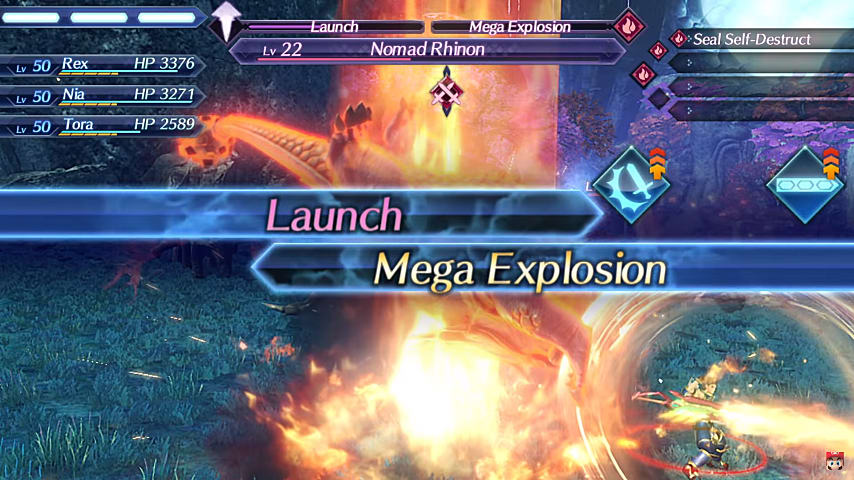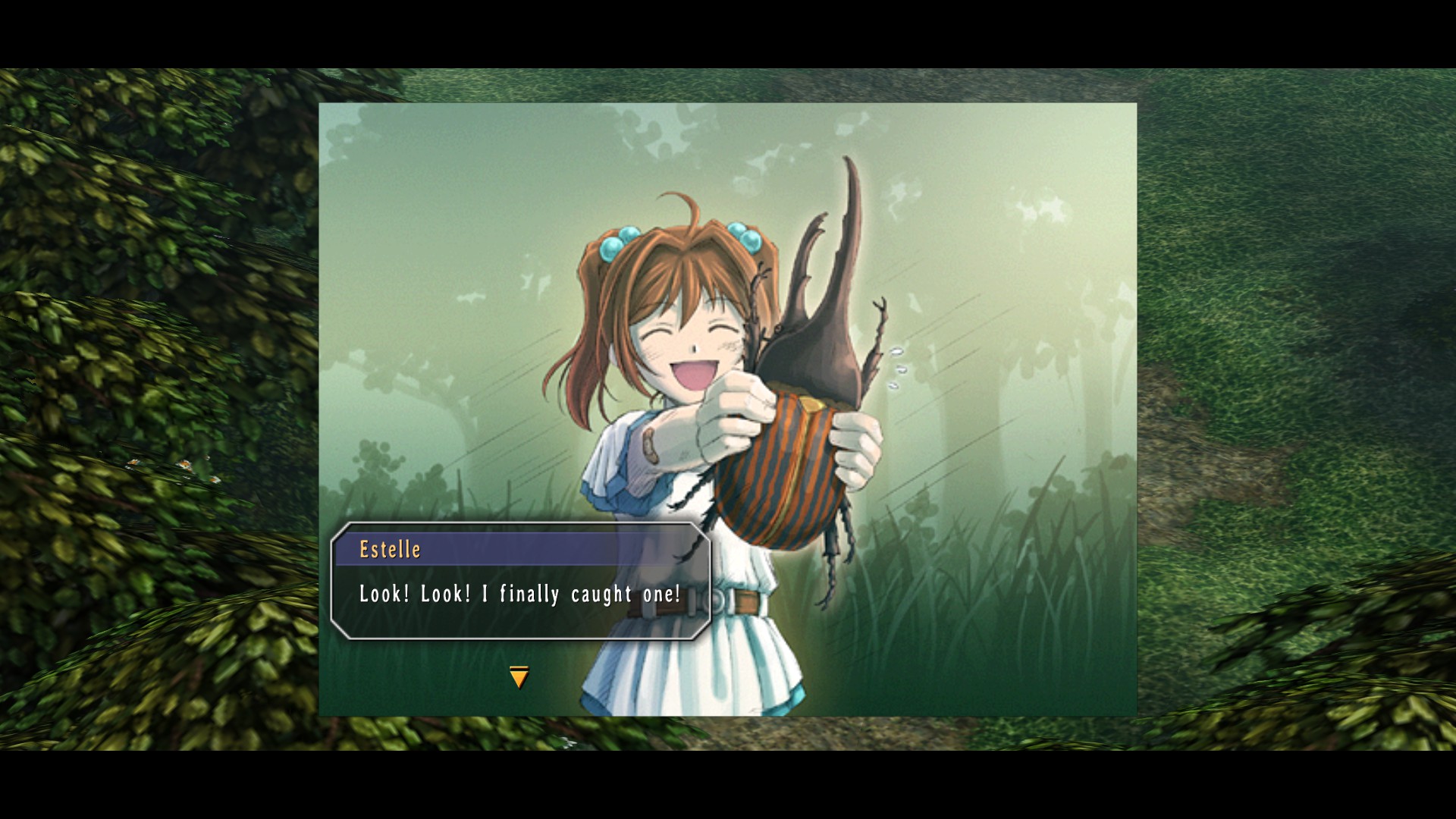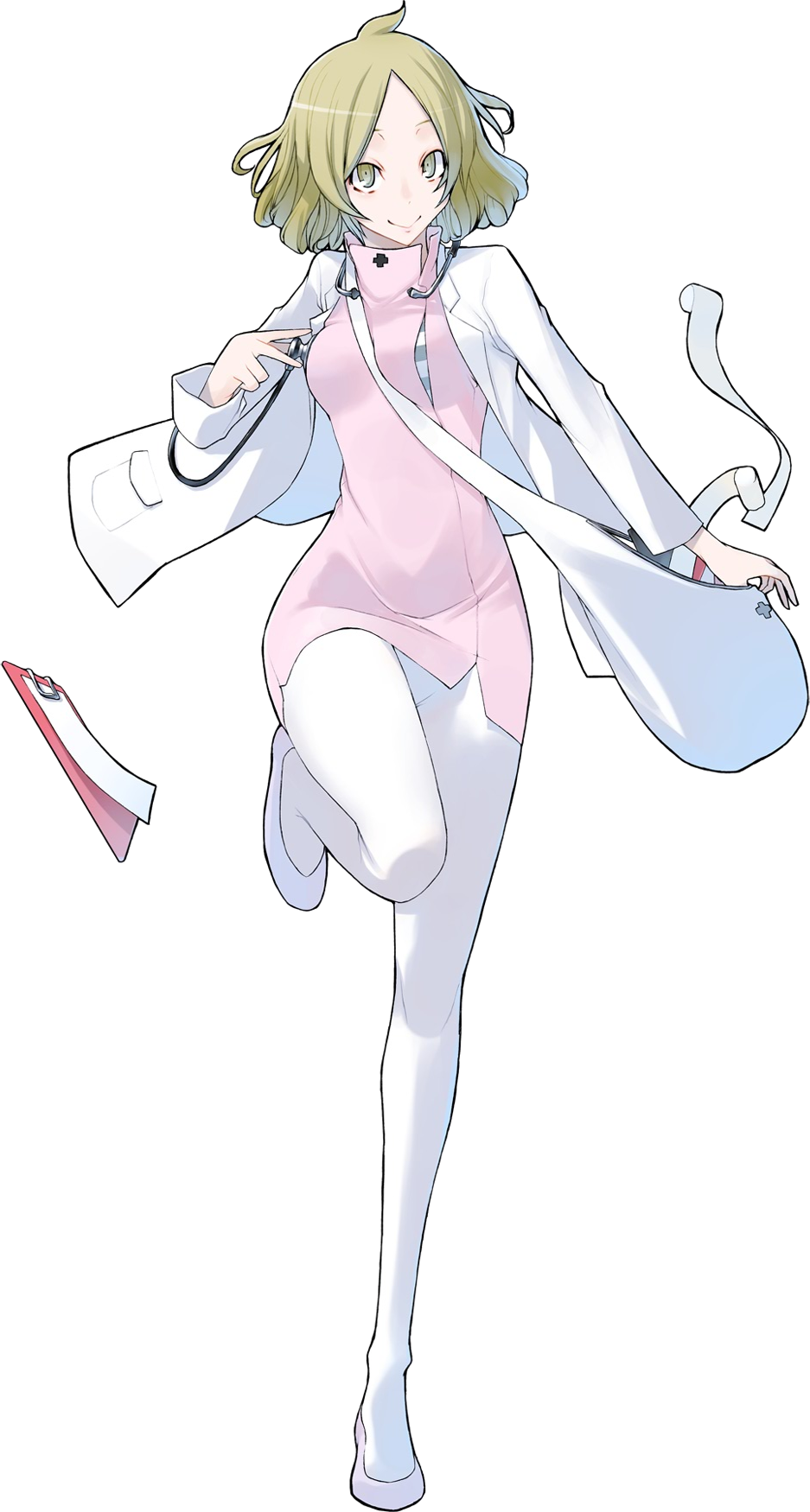Best Gameplay
Winner – Xenoblade Chronicles 2
I really love XB2’s battle system, there’s so much depth to it and it feels like a hybrid of a lot of battle systems I like a lot, notably Paper Mario/Final Fantasy 12 with a really unique combo system. You start off auto-attacking when you enter battle and it charges your Blade arts, which are basically your special battle moves. The auto-attack combo has 3 attacks to it with each attack progressively becoming more strong, and you can cancel those with good timing to keep the damage multipliers onto your arts. By using Blade arts, you charge your special Arts, which in term do the most amounts of damage and are elemental typed from level 1 to 4.
Each driver (or main character), can be binded to up to 3 Blades, one which they get as their main story Blade, and two others which you can get randomly. While a lot of people dislike pulling for Blades, personally I loved it because it forces you to adapt to certain playstyles, as each Blade has it’s own class from Attacker/Tank/Healer and it’s own respective weapon and element. This is the sort of thing that adds an intense level of replayability to me.
The fun starts when the game teaches you how to do Blade combos, which are basically special arts chained in a certain order with elements, and levels from 1 to 3. So essentially, you start the chain off with a level 1 special, then to continue you have a set amount of time to do a level 2 special, then a level 3 special. If you manage to make it all the way to the end, you inflict major damage, a status effect of some sort, and create an orb that is shatter-able in chain attacks to extend the length of the chain attack by an extra round. Shown below a fire-fire-fire chain is completed, sealing self-destruct so monsters you face cannot self-destruct.
Another mechanic is the driver combo, which relies on the abilities of each driver in the game. This is kind of the basic status effect chain that each RPG has, in that you inflict status effects in a certain order to maximize out your damage. The standard driver combo is Break-Topple-Launch-Smash, which adds two extra attacks to the predecessor as XB1 only had Break and Topple. If you manage to use both Blade and Driver combos simultaneously, you achieve a Fusion Combo as shown below, which maximizes your damage while the enemy cannot retaliate.
Finally, the chain attack system allows each Driver to perform a Blade Special starting at level 1 and increasing a level each time you break an orb and extend the chain attack. This is what does the most damage and the sole reason life bars are so big in this game, but I think that makes the game way more fun albeit I can see the argument for why people dislike the HP sponges in this game. I feel like if you play optimally though, enemies shouldn’t last very long.
Since it took me 5 paragraphs to explain how the battle system works, I’m pretty sure you can see the depth of the combat system within this game. I could talk about it some more but it’s a lot better to just experience. I can confirm that watching other people play this game probably wouldn’t be too fun, but playing it yourself is truly an experience. As someone who thought XB1’s weak point was the combat, Monolith did something amazing and gave me a battle system I’ll probably never forget.

Runner-up – Persona 5
Persona 5 didn’t really change up the uniform systems of the Persona system too much, but the additions it did add I thought were very fun. Notably, the gun and ammunition system gave the players another resource to manage in order to hit weak points, and was noticeably stronger than the basic attack. Demon Negotiation as a way to obtain Personas instead of shuffling cards was also a welcome addition, despite my disdain for attempting to recruit demons without weaknesses before you meet the Tower Confidant.
The addition of Confidant skills was much appreciated as well, as the Star Confidant lets you swap party members into your party. One thing I disliked about prior Persona games is that fact that experience wasn’t shared, so you’d get punished for using more than a main core party, but in Persona 5 I was able to completely utilize my whole party and all their strengths, and it made progressing through dungeons more fun. I’m sure the developers made the dungeons longer as well to balance the game as well. Some of the boss fights actually made me use my entire party to maximize SP usage.

Best Content
Content refers to depth of content offered, and quality of it.
Winner – Xenoblade Chronicles 2
I was really impressed with the level of content within the world of Alrest. XB2’s story is about 60-80~ hours even for a fast player like me, and the amount of affinity charts, sidequests, and rare Blades to find probably takes about as long as the main storyline itself. I really enjoy the sidequests in this game as they all force you to explore and find new areas, and the Xenoblade games are all about exploration. There’s always things to be doing, and I like to be preoccupied when I play video games, so there’s that. Merc Missions definitely could have been done better though.

Herald looks pretty badass, doesn’t she?
Runner-up – The Legend of Heroes: Trails in the Sky the 3rd
I really enjoyed the Door system in Trails in the Sky the 3rd, as each door offers story content for specific party members, and there’s 25 of them to expand on the very large cast (20~) playable characters. The presentation of each of the door’s stories is quite good as well, and it really fleshes out the world of Zemuria. The doors are also optional, but easy to find which is really nice, as the majority of Trails 3rd is spent dungeon crawling. That means whenever you want a break from the dungeon crawling, you can open the door for some story content and extra rewards (money/equips) when you feel like it.

Have a wholesome Estelle. x)
Best Story
Winner – Nier: Automata
Taro Yoko is a genius for evicting so many emotions in me, and the presentation of Nier: Automata’s story along with Keiichi Okabe’s music was nothing short of stellar. The premise of androids trying to fight invaders that drove the humans off quickly becomes a story where you question the humanity of everything that exists, and the actions and motivations that drive people. This game is capable of evicting basically every single emotion from a player, and for me I definitely felt the impact of all this games hard-hitting decisions and scenes.

Runner-up – The Legend of Heroes: Trails in the Sky the 3rd
I knew kind of how this game operated before I bought it, but the execution of it still surprised me. Kevin Graham, as a priest of the Church gets tasked to retrieve an artifact and analyze it while pulling off some crazy stunts, and manages to get himself pulled into an alternate universe where the entire Sky cast also ends up. As the artifact’s world is shaped by the denizens of it, the characters experience fragments of their past and various other surprises as they try to escape and get back to their own world. The highlight for me is obviously Kevin’s character and story, as he doesn’t get a lot of screen-time in SC but is shown to be doing some very important things behind the scenes.










